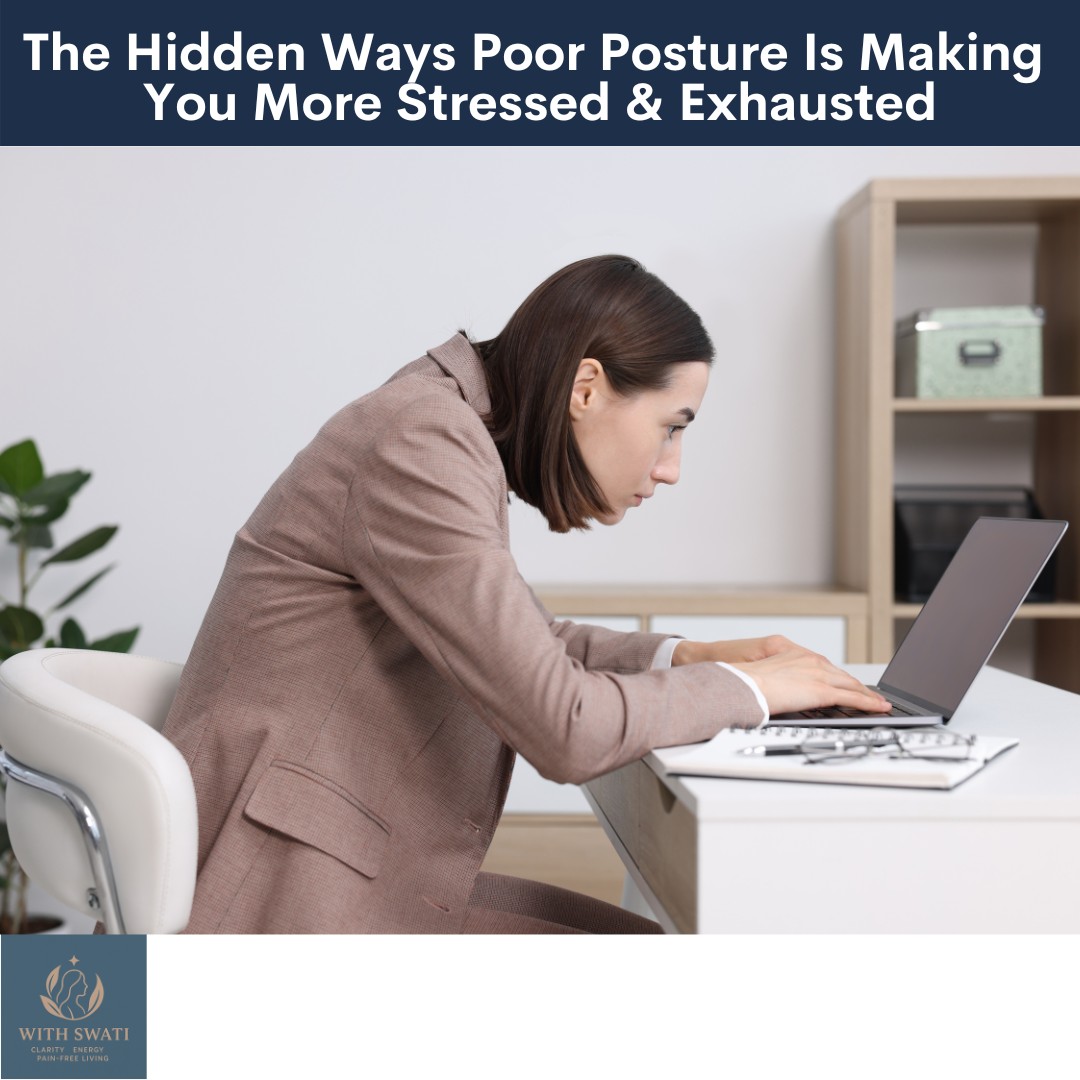
If you have ever woken to find the room spinning, not from a wild night out, but from simple sleep posture, you’re not alone. For many, the way you sleep can significantly influence your day—especially when it comes to cervical vertigo or dizziness. As an executive and a mum to young kids, understanding these connections is crucial for your holistic health. In this blog, lets discuss three actionable sleeping tips that can help you rest easy without risking a dizzying start to your morning.
When we sleep all our joints and muscles should be in a neutral position to prevent any stresses from building up on them during the night so we can wake up refreshed and pain free. Lets discuss some sleeping postures to see how they can influence cervicogenic dizziness.
1. The truth about sleeping on your stomach:
The Problem: You need to turn your neck to one side or the other when sleeping on the stomach, forcing it into full rotation, which can lock your cervical spine in an unnatural position for hours. This causes a lot of tension on one side of the neck while creating compression on the other side of the neck. This can lead to irritation of the nerves in the upper to mid cervical spine, which can in turn increase your dizziness.
The Solution: Simply put, avoid sleeping on your stomach. Transitioning out of this habit is the first step to relieving dizziness. Opt for side or back sleeping instead. It's a tough habit to break, but it's an essential first step to manage your dizziness.
Watch this video to learn how to transition from stomach sleeping to back or side sleeping:
2. The side sleeper solution:
The Problem: Side sleepers often snooze in the fetal position or with arms overhead or under the head, leading to neck strain from an unnatural spinal curve. This can trigger dizziness for those prone to cervical issues.
The Solution: Use a pillow to maintain proper spinal alignment. The height of your pillow should be from your ear lobe to the tip of your shoulder. If the height is less your neck will not be in the neutral position but it will be tilted towards the bed. This can lead to pinched nerves in the upper to mid cervical spine, giving rise to cervicogenic dizziness. The same is applicable is if the height of the pillow is more than needed. HERE are the pillows that I use and recommend.
3. The back sleeper solution
The Blessing: Back sleeping, if done right, can be the kind solution to dizziness. It aligns the spine, keeps the neck in its natural position, and allows your head to rest comfortably.
The Caveat: When you sleep on your back, the height of your pillow should be the distance between the back of your head and the back of your neck. This is small distance, but if your pillow is too your head will roll backwards, thus pinching the nerves. A very thick pillow can push your head forward, leading to forward head posture, a common cause of cervical issues and dizziness.
HERE is a free guide on "How can you maintain a Good Posture While Sleeping". It gives you the details of sleeping posture in side lying, back sleeping, 3 postures to avoid when sleeping and how to change to a better sleeping posture and much more. This can avoid compression of the nerves and thus help control your Cervicogenic Dizziness (Cervical vertigo).
If you like this blog and want to be notified about new blogs as soon as they are published, subscribe to my mailing list below.
I would love to see you around the internet! For other places you can explore more about me: https://withswati.com/page/link
Note: This page contains affiliate links which will bless me, at no additional cost to you and I will be able to help more people with spine, nerve and joint pain.
















0 Comments